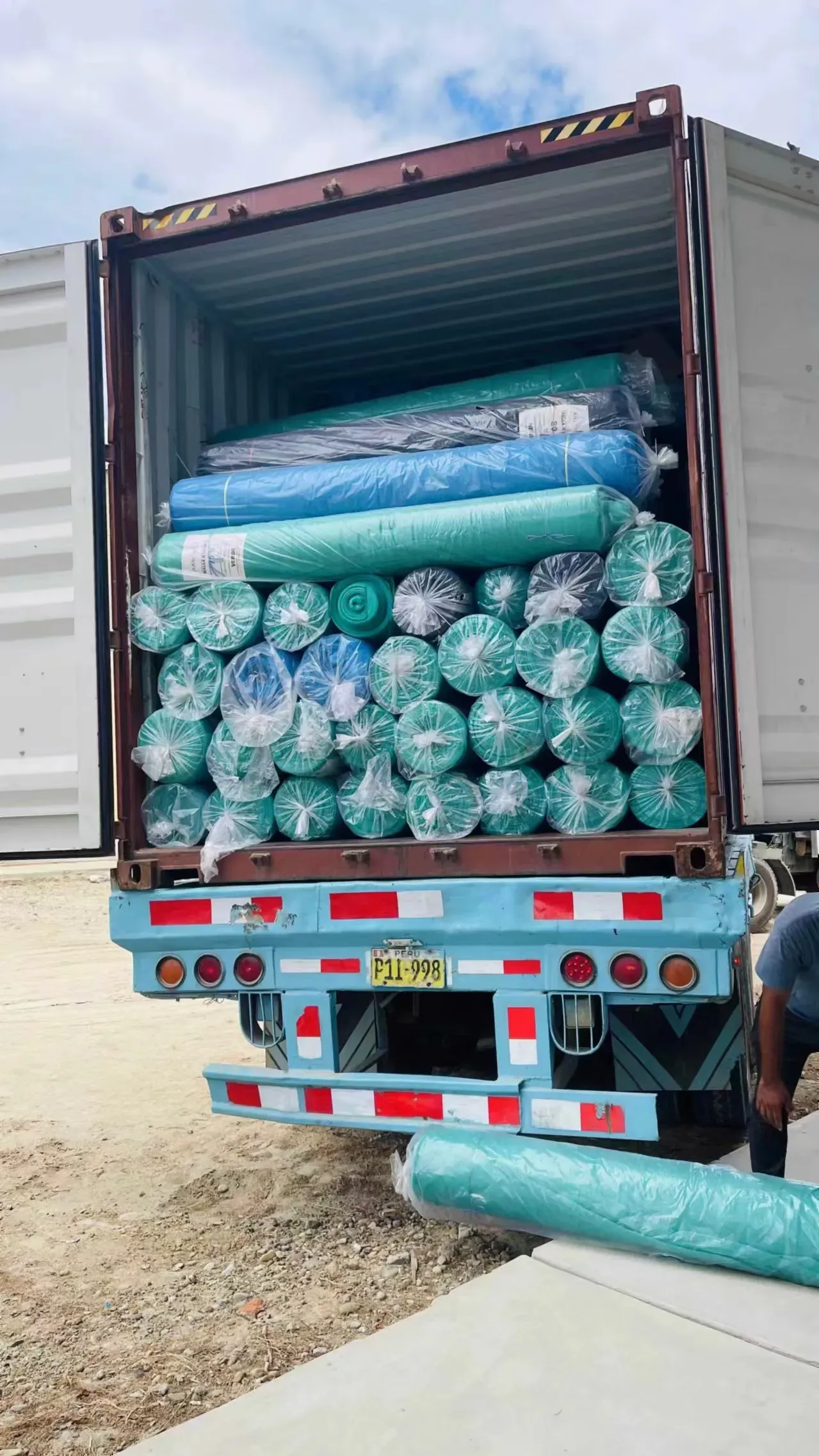-
 Afrikaans
Afrikaans -
 Albanian
Albanian -
 Amharic
Amharic -
 Arabic
Arabic -
 Armenian
Armenian -
 Azerbaijani
Azerbaijani -
 Basque
Basque -
 Belarusian
Belarusian -
 Bengali
Bengali -
 Bosnian
Bosnian -
 Bulgarian
Bulgarian -
 Catalan
Catalan -
 Cebuano
Cebuano -
 China
China -
 Corsican
Corsican -
 Croatian
Croatian -
 Czech
Czech -
 Danish
Danish -
 Dutch
Dutch -
 English
English -
 Esperanto
Esperanto -
 Estonian
Estonian -
 Finnish
Finnish -
 French
French -
 Frisian
Frisian -
 Galician
Galician -
 Georgian
Georgian -
 German
German -
 Greek
Greek -
 Gujarati
Gujarati -
 Haitian Creole
Haitian Creole -
 hausa
hausa -
 hawaiian
hawaiian -
 Hebrew
Hebrew -
 Hindi
Hindi -
 Miao
Miao -
 Hungarian
Hungarian -
 Icelandic
Icelandic -
 igbo
igbo -
 Indonesian
Indonesian -
 irish
irish -
 Italian
Italian -
 Japanese
Japanese -
 Javanese
Javanese -
 Kannada
Kannada -
 kazakh
kazakh -
 Khmer
Khmer -
 Rwandese
Rwandese -
 Korean
Korean -
 Kurdish
Kurdish -
 Kyrgyz
Kyrgyz -
 Lao
Lao -
 Latin
Latin -
 Latvian
Latvian -
 Lithuanian
Lithuanian -
 Luxembourgish
Luxembourgish -
 Macedonian
Macedonian -
 Malgashi
Malgashi -
 Malay
Malay -
 Malayalam
Malayalam -
 Maltese
Maltese -
 Maori
Maori -
 Marathi
Marathi -
 Mongolian
Mongolian -
 Myanmar
Myanmar -
 Nepali
Nepali -
 Norwegian
Norwegian -
 Norwegian
Norwegian -
 Occitan
Occitan -
 Pashto
Pashto -
 Persian
Persian -
 Polish
Polish -
 Portuguese
Portuguese -
 Punjabi
Punjabi -
 Romanian
Romanian -
 Russian
Russian -
 Samoan
Samoan -
 Scottish Gaelic
Scottish Gaelic -
 Serbian
Serbian -
 Sesotho
Sesotho -
 Shona
Shona -
 Sindhi
Sindhi -
 Sinhala
Sinhala -
 Slovak
Slovak -
 Slovenian
Slovenian -
 Somali
Somali -
 Spanish
Spanish -
 Sundanese
Sundanese -
 Swahili
Swahili -
 Swedish
Swedish -
 Tagalog
Tagalog -
 Tajik
Tajik -
 Tamil
Tamil -
 Tatar
Tatar -
 Telugu
Telugu -
 Thai
Thai -
 Turkish
Turkish -
 Turkmen
Turkmen -
 Ukrainian
Ukrainian -
 Urdu
Urdu -
 Uighur
Uighur -
 Uzbek
Uzbek -
 Vietnamese
Vietnamese -
 Welsh
Welsh -
 Bantu
Bantu -
 Yiddish
Yiddish -
 Yoruba
Yoruba -
 Zulu
Zulu
plastic poultry netting
The Advantages of Plastic Poultry Netting in Modern Farming
In recent years, the agricultural sector has witnessed an increasing shift towards the use of innovative materials that enhance productivity and sustainability. One such product gaining popularity is plastic poultry netting. This versatile and durable solution is transforming poultry management practices, providing farmers with a range of benefits that traditional materials cannot match.
Durability and Longevity
One of the most significant advantages of plastic poultry netting is its durability. Traditional options such as wire or wooden fencing can deteriorate rapidly due to weather exposure, rust, or pest activity. In contrast, plastic netting is designed to withstand the rigors of outdoor use. It is resistant to corrosion, fading, and degradation, ensuring a longer lifespan. This durability means that farmers can invest in plastic netting with confidence, knowing that it will remain effective for many years, reducing replacement costs and maintenance efforts.
Lightweight and Easy to Install
Plastic poultry netting is notably lightweight, making it easy to handle and install. This characteristic is particularly beneficial for farmers who may be working alone or who need to make quick modifications to their setups. Unlike heavier materials that require more labor and time to install, plastic netting can be quickly rolled out and secured, allowing farmers to focus on other critical aspects of their operations. Additionally, this ease of installation can lead to significant labor cost savings over time.
Versatile Applications
The versatility of plastic poultry netting extends to its various applications. It is suitable for a range of settings, from backyard chicken coops to larger commercial poultry farms. Farmers can use it to create enclosures that protect birds from predators while allowing them to forage and roam freely. The flexibility of plastic netting also allows for easy adjustments and modifications to existing setups, accommodating the changing needs of poultry management.
plastic poultry netting

Enhanced Safety and Security
Plastic poultry netting provides an effective barrier against predators, safeguarding birds from threats such as raccoons, foxes, and other wildlife. Unlike traditional wooden or wire fencing, which can leave gaps or have sharp edges, plastic netting presents a smooth surface that minimizes injuries to the birds. By ensuring a secure environment, farmers can enhance the overall wellbeing of their flocks, leading to healthier, more productive animals.
Cost-Effectiveness
When considering the total cost of poultry management, plastic netting stands out as a cost-effective solution. While the initial investment might be comparable to other fencing materials, the longevity and reduced maintenance needs of plastic netting translate to lower overall expenses in the long run. Additionally, the enhanced bird safety and productivity can result in better yield rates, further increasing profitability for farmers.
Eco-Friendly Options
As consumers become more environmentally conscious, the demand for sustainable farming practices grows. Many manufacturers now offer eco-friendly plastic poultry netting made from recycled materials. These products contribute to reducing plastic waste and promote responsible farming practices. By choosing such eco-friendly options, farmers can enhance their sustainability credentials while still benefiting from the durability and effectiveness of plastic netting.
Conclusion
In conclusion, plastic poultry netting presents a compelling alternative to traditional fencing materials in poultry management. Its durability, lightweight nature, versatility, safety features, cost-effectiveness, and potential for eco-friendly options make it an ideal choice for modern farmers. As the agricultural landscape continues to evolve, embracing such innovative solutions is essential for enhancing productivity and sustainability in poultry farming. By incorporating plastic poultry netting, farmers can not only protect their flocks but also position themselves at the forefront of responsible agricultural practices. The future of poultry farming is undoubtedly bright with advancements like these leading the way.
-
Shipping Plastic Bags for Every NeedNewsJul.24,2025
-
Safety Netting: Your Shield in ConstructionNewsJul.24,2025
-
Plastic Mesh Netting for Everyday UseNewsJul.24,2025
-
Nylon Netting for Every UseNewsJul.24,2025
-
Mesh Breeder Box for Fish TanksNewsJul.24,2025
-
Expanded Steel Mesh Offers Durable VersatilityNewsJul.24,2025











